Have you ever passed by a house and wanted one of those on yours, only you don’t know what “those” are? Or perhaps you’ve called a contractor about a repair, only to fumble over what to call “that thing.” There are many parts of a house even longtime homeowners don’t know the names of. This guide will introduce you to the names of lesser-known house parts, helping you communicate more effectively about your home.
Why Knowing House Part Names Matters
Knowing the proper names for house parts is more than just a matter of expanding your vocabulary. It’s necessary when discussing repairs or renovations with contractors, architects, or other professionals. Using the correct terminology ensures that everyone is on the same page, reducing the risk of miscommunication and costly mistakes. This knowledge can also help you better understand home inspection reports and real estate listings, giving you an edge when buying or selling a property.
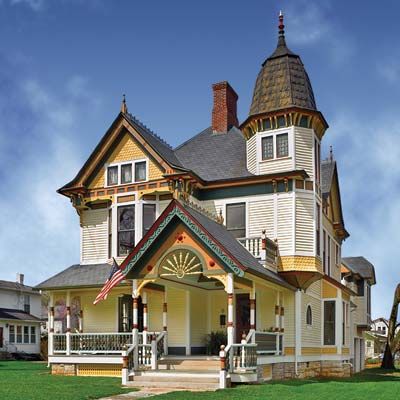
Exterior Elements With Names
Your home’s exterior is more than just walls and a roof. It’s a complex system of components, each with its own unique name and function. Let’s explore some of these exterior elements that you might not have known had specific names.
Roofing Components To Know
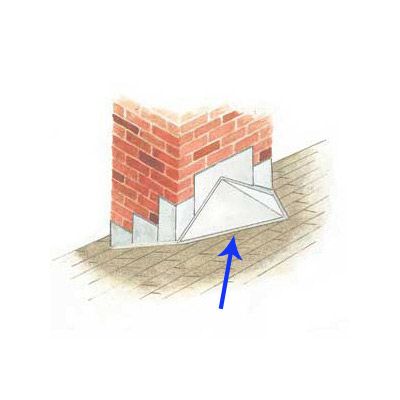
One often overlooked roofing component is the cricket (shown above). This small, pointed roof diverts rainwater around projections such as chimneys. Another interesting feature is the tablet (shown below), which is a small gable often found over a single dormer window. These elements play big roles in protecting your home from weather and enhancing its architectural appeal.
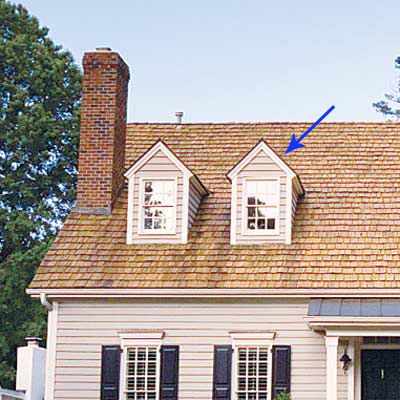
Other Roofing Features
Eaves are the edges of a roof that overhang the face of a wall and extend beyond the side of the building. These are incredibly functional, protecting the building’s foundations from water damage. Another term is fascia, which covers the ends of the rafters. Fascia boards, combined with soffits, contribute to the home’s ventilation and help support the lower edge of roof tiles or shingles.
Fascinating Facade Features
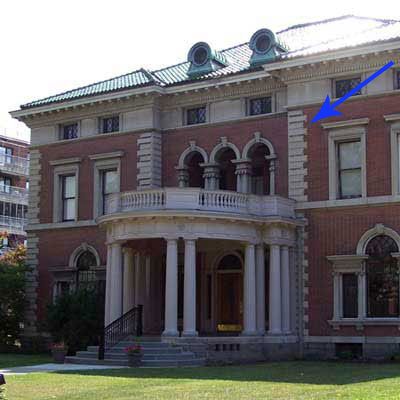
The facade of your home can have several interesting features with unique names. For instance, a jetty is an upper story of a home’s structure that juts out beyond the level below (shown above). This architectural element was common in medieval times and is still seen in some Tudor-style homes today.
Another fascinating feature is the quoin, which refers to the corner finish stones on masonry buildings, often used to add visual interest and structural integrity.
Hidden Gems of Your Home’s Exterior
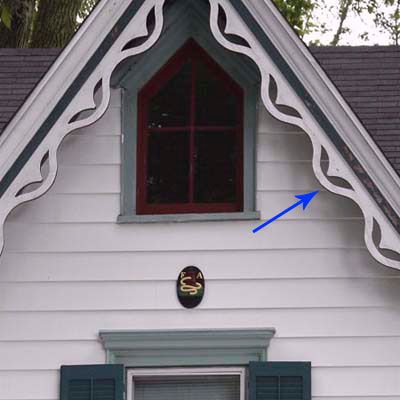
Some exterior features are so subtle you might not have noticed them before. For example, the bargeboard (shown above), is a board attached to the edge of a gable roof. In house styles such as Gothic Revival and Tudor, bargeboards often bear intricate carvings or colorful painted details. Another hidden gem is the check throat, a groove cut into the underside of a windowsill that prevents rainwater from reaching the wall.
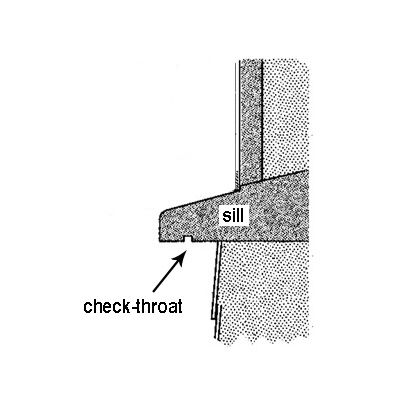
Additional Exterior Elements
Other hidden gems of your home’s exterior include the corbel, which is a structural piece jutting from a wall to carry any superincumbent weight. Corbels are traditional in architecture and are commonly found in buildings and churches. The term finial refers to the ornate, pointed termination at the top of a gable, pinnacle, or canopy.
Named Interior Structures
Your home’s interior is filled with architectural elements that have specific names you’ve likely never heard of.
Unique Ceiling Features
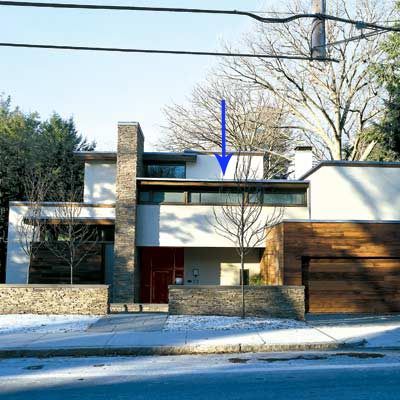
One unique ceiling feature you might encounter is the clerestory (above), a series of windows placed high in a wall. These windows allow natural light to flood into a space without compromising privacy. Another interesting ceiling element is the scuttle (below), which is a ceiling opening with a cover or hatchway, often providing access to an attic or roof space.
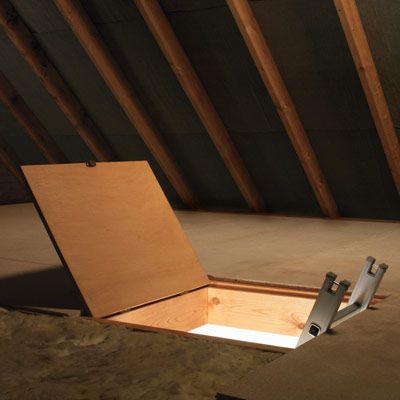
Window and Door Details You’ve Overlooked
Windows and doors have many components with specific names. For instance, the scuncheon refers to any reveal between the inner face of a door or window jamb and the wall. An oxeye (below) is a small round or oval window often found in dormers, also known as a bull’s-eye or oeil-de-boeuf. These details contribute to the character and functionality of your home’s openings.
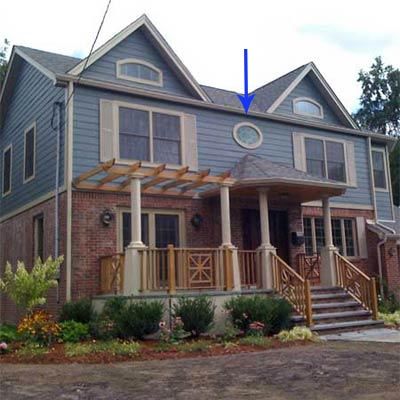
Additional Window and Door Elements
Windows often have unique part names, such as muntins, which are the strips of wood or metal that separate and hold panes of glass in the window. Similarly, a transom is a horizontal beam separating a door from a window above it. These terms are crucial in architectural discussions and contribute significantly to the home’s structural integrity and aesthetics.
Fireplace Elements With Surprising Names
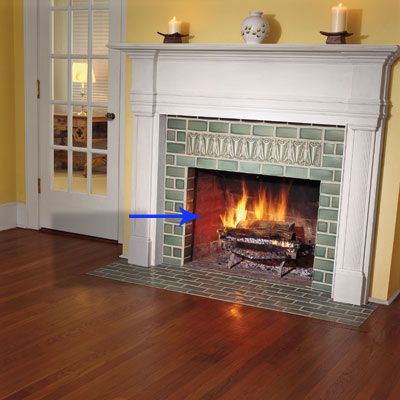
Fireplaces, often the focal point of a room, have several parts with intriguing names. The fireplace cheeks (above) are the angled sides of a firebox opening. Adjacent to the fireplace, you might find an inglenook (below), which is a cozy seating nook typically located beside the fireplace.
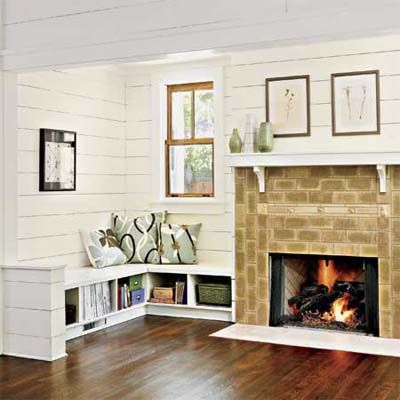
Staircases and Their Lesser-Known Parts
Staircases are complex structures with many parts, each serving a specific purpose and bearing a unique name.
Beyond Steps and Railings
One lesser-known stair component is the kite winder (below). This is the middle of a set of three wedge-shaped stair steps, or winders, that together make a 90-degree turn. Another interesting part is the spandrel, which refers to the wall space between the outer string of a stair and the floor. These components contribute to the structural integrity and visual appeal of your staircase.
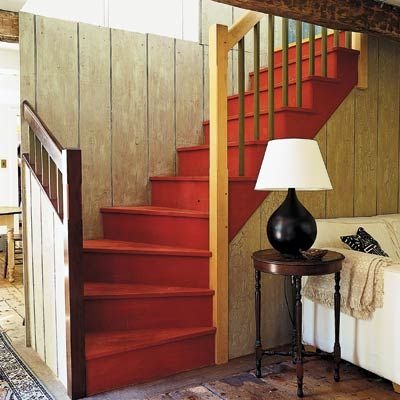
Stairs also include balusters, the vertical posts that support the handrail. The newel post is the main supporting post for the handrail at the bottom or top of the stairs. Risers, the vertical portions between each step, and treads, the horizontal parts of the steps, are also essential components.
Unusual Staircase Designs and Their Terminology
Some homes feature unique staircase designs with their own terminology. For example, a spiral staircase might include a central newel post, while a floating staircase could have hidden stringers.
Don’t forget about the bifurcated staircase, which splits into two smaller flights of steps going in different directions. Another intriguing term is the dog-leg staircase, where the steps turn 180 degrees at a landing, forming a compact set of stairs.
Decorative Elements With Distinctive Names
Many homes feature decorative elements that have distinctive names that reflect their historical or architectural significance.
Ornamental Features in Classical Architecture
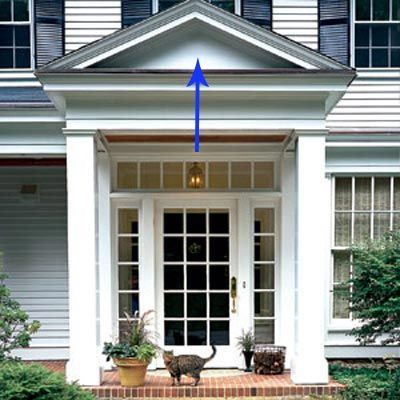
Classical architecture is rich with ornamental features bearing unique names. The tympanum (above), for instance, is the triangular, recessed center area of a pediment that’s bordered by moldings. This feature is often seen in Greek Revival and Neoclassical homes. Another classical element is the haunch (below), which is the curving part of an arch bookended by the peak of the arch and either a capital or molding abutment.
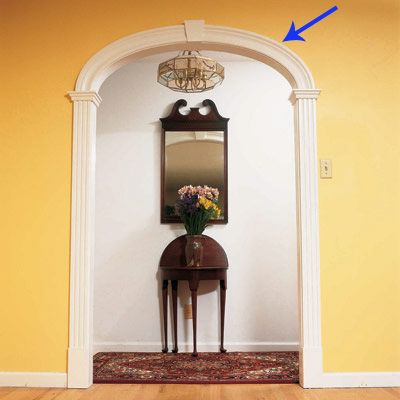
Additional Classical Features
Additional classical features include dentils, which are small, tooth-like blocks installed in a series along the edge of a roof or ceiling. Architrave, frieze, and cornice are the main parts of an entablature in classical architecture. Pilasters, which look like, half-columns attached to a wall, are also notable features.
Modern Design Elements
Modern architecture also has its own set of distinctive design elements. For example, a cantilever is a projecting structure supported only at one end, often used in contemporary homes to create dramatic overhangs or balconies. Another modern feature is the clerestory, which we mentioned earlier, but is particularly popular in contemporary design for its ability to bring in natural light while maintaining privacy.
Functional House Parts With Quirky Names
Even the most practical parts of your home can have interesting names.
Plumbing and Electrical Components
Plumbing and electrical systems have many components with unique names. For instance, the p-trap is the curved pipe under your sink that prevents sewer gases from entering your home. In electrical systems, a chase is a channel in a wall or floor that houses wiring or pipes, allowing for easier access and maintenance.
Other significant parts include the escutcheon, a protective cover over a hole or opening for a pipe. Water hammer arrestors are used to absorb the shock when water flow is suddenly stopped, preventing bangs in the plumbing system. In electrical systems, GFCI (ground fault circuit interrupter) outlets are essential for cutting off electricity if a fault is detected.
HVAC System Parts You’ve Never Heard Of
Your heating, ventilation, and air conditioning (HVAC) system is full of parts with interesting names. The plenum, for example, is the main distribution box that connects to the ductwork. Another unique component is the condensate pan, which collects water that condenses out of the air during the cooling process.
More HVAC components include the damper, a movable plate that regulates the airflow inside a duct. The heat exchanger is another vital part, transferring heat from the furnace to the air distributed in your home. Humidistats, used in combination with humidifiers, control the humidity level in the house.

